Editor's note. This one did not last long, nor will it be missed. Moreno Cedroni is no longer associated with the restaurant, which has now been renamed Brunello, with a chef called Claudio Milani cooking. The notes below should be treated as of historical interest only.
Moreno at the Baglioni hotel is named after Moreno Cedroni, the consultant chef here; his restaurant La Madonnina del Pescatore on the Adriatic Coast has held two Michelin stars since 2006, amongst his group of four restaurants. Note the term consultant, as the person actually leading the kitchen is Antonio Bufi, who has worked with Mr Cedroni for several years in Italy. Mr Bufi is co-author of a 2007 book which in English is titled “The Sea Bream in Love”, and is actually less a fishy love story than a set of aphrodisiac recipes. Mr Bufi was in the kitchen on the evening of my visit, with Mr Cedroni back in Italy after having being around at the restaurant launch in October 2012.
The menu is quite unusual, with dishes like “white seafood lasagne, coconut and parsley sauce with lime peel”, something unlikely to be appearing soon at a local Italian restaurant on your high street. The menu listed not just each item but the year in which the dish had been invented by the consultant chef, which may seem to some pretentious. There was a set three-course menu at £29, which would barely buy you a main course on the à la carte menu. The dining room is set alongside the hotel lobby, which feels rather odd since there is no full dividing wall between the tables and the lobby itself. The room has a wooden floor and good-sized but quite tightly packed tables, with an attractive antique mirror along one side. As can be seen from the murky photos, the lighting in the evening is low and ill-directed to the tables.
The wine list offers around 150 bottles of mostly (over three quarters of the list) Italian wine ranging in price from £24 to £1,600 with a median price of £68 and a heavy average mark up of over 3.7 times the retail price. Even by London standards this is aggressive, with one mid-range wine at 5.5 times its retail price. Examples were Azienda Agricola Tamellini Soave at £34 for a wine that in the high street costs £12, Stonier Pinot Noir from Mornington Peninsula 2009 at £68 for a wine that retails at £16, and Domaine Paul Autard Cuvée La Cote Ronde 2004 at £128 for a wine that will set you back £29 to buy in a shop. There is no relief higher up the list either. Most wine lists moderate their relative markups at the £100 and above level, but not here: Sassacaia 1999 was £530, yet you can find this for around £148 retail. It is the kind of wine list that encourages you to either give up drinking wine or just drink at home. As a sort of silent protest we just had a glass of wine each, when we would usually order a bottle or more. Sommeliers need to realise that, for diners who are not on expenses, putting stiff mark-ups on their list simply causes cheaper wines to be ordered, or in this case much less. No one wins: the diner is unhappy and the restaurant makes less profit. By contrast, with a generously priced list diners typically order better wines and consequently feel happy, and the restaurant makes more absolute profit. A bottle of mineral water was an absurd £5.20, so there was no escape from the high mark-ups even here.
Bread was mostly made from scratch, except for a flatbread that was bought in. I am sorry to say that the flatbread was the best, the focaccia and the other breads distinctly hard; supposedly they had been made that day, but they tasted stale to me. I noticed that another table also sent the bread back complaining that it was stale (12/20). A nibble of Parmesan mousse with balsamic jam and Parmesan tuile was served very cold indeed, so much so that its texture was hard and the temperature had a chilling effect on the palate; this was a pity as the mousse itself seemed quite well made, and doubtless was made using good Parmesan if only I could have tasted it (12/20).
Tuna tataki featured yellowfin tuna and “sushi rice” that was really cold carnaroli rice, served with anchovy juice in place of soy. The consultant chef makes much of his “susci” (his term) as a speciality but this dish had a number of issues. In Japan, sushi rice (short grain) is served warm with sushi, and carnaroli rice, while excellent with risotto, here was just hard and cold, and did not partner well with the fish. There is a reason why the Japanese serve their rice warm, and they have been doing sushi a lot longer than this chef. Secondly the anchovy sauce did not work as well as a pairing with the fish as soy and wasabi; tuna is a fatty fish and benefits from relatively strong balancing accompaniments such as soy. The tuna itself was lightly seared, but was yellow fin tuna of distinctly ordinary standard. The tuna was topped with some surprisingly tasteless tomatoes, which would be a curious pairing at the best of times in “sushi”, and here their lack of flavour added nothing to the dish (barely 12/20).
Salt cod was reasonable in itself, not overly salty, served with more tasteless tomatoes and olives, with tomato sauce and a few grains of wild rice; it is always tricky mixing cold and hot elements on the same plate, and this didn’t really seem to work as a combination (13/20). A mixed salad was downright mediocre. Fennel, carrot and mixed leaves such as frisee lettuce with a few pansy petals were supposed to have a mustard dressing, but this barely came across; worse, the salad ingredients tasted to me comparable to supermarket standard (11/20).
My pasta dish was a surprise after the disappointments so far. Tortellini (£15.50) was filled with liquid Parmesan filling (using two year old aged Parmesan), served in a ring around a beef tartare. This was genuinely good, the pasta having good texture, the filling rich and enjoyable, the beef tartare also fine (between 15/20 and 16/20). Baked celeriac with lime mash was a mixed affair. The mash was made with potatoes, lots of butter, pasteurised milk, lime juice and lime zest, and was good: it still tasted of potato despite all the butter, and the lime provided useful acidity to balance the butter. Unfortunately the celeriac was not cooked accurately, being soggy in the centre, but I was not convinced by the wisdom of the rocket sauce paired with it; this was still a decent dish, but could have been much better (13/20).
A pre-dessert of cappuccino mousse was served with a lingue di gatto (cat’s tongue) biscuit. The biscuit had good texture and there was plenty of coffee flavour (14/20). Tiramisu (£8) was deconstucted, the coffee ice cream in itself excellent, with deep coffee flavour and smooth texture, but what would have been the sponge finger element in a classic tiramisu here was soggy (13/20). Profiteroles (£8) were fried and filled with Chantilly cream, served with chocolate and lime sauce and a mandarin sorbet. The profiteroles were slightly oily, though the mandarin sorbet was excellent and the Chantilly cream good, whilst the dish had quite good balance from the mandarin’s acidity working as a foil to the cream and the fried profiteroles (14/20). Coffee (at a hefty £5) was reasonable but far from great, served with a trio of tiny petit fours that were served on a little plastic map of Italy, the placement on the map showing where they were from. This will seem either precious or charming depending on your viewpoint, but the petit fours themselves were so tiny that they had limited flavour.
Service was friendly enough, with little to criticise here. The bill came to £83 a head; remember that this was with just a glass of wine and a pre-dinner drink each, ordering a pasta dish with no main course, and one of us ordering the cheap set menu. If you drank a modest bottle of wine and both ordered from the main menu then the bill would run to well over £100 a head. This to me seems just too much given the inconsistencies of my meal. This was a frustrating experience, as the excellent tortellini showed that there is some ability in the kitchen, but several elements of the meal were downright poor e.g. the low quality vegetables and the disappointing bread, whilst other dishes just seemed to me poorly designed e.g. the tuna dish. It is possible that we didn’t “order well”, and maybe with different dishes this would have been a better meal, but I can only write about what I actually ate, and what I tried was distinctly erratic, and far from good value.






















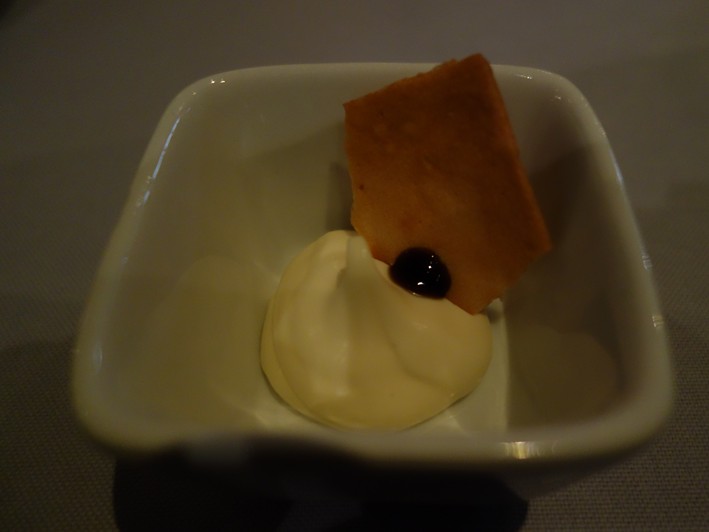
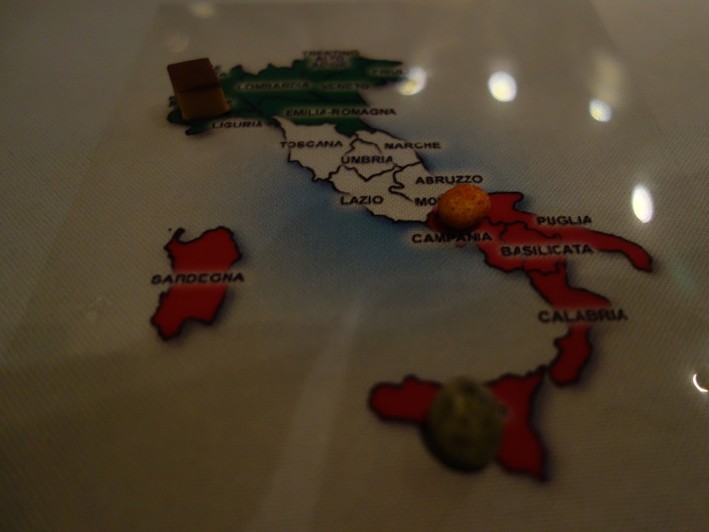
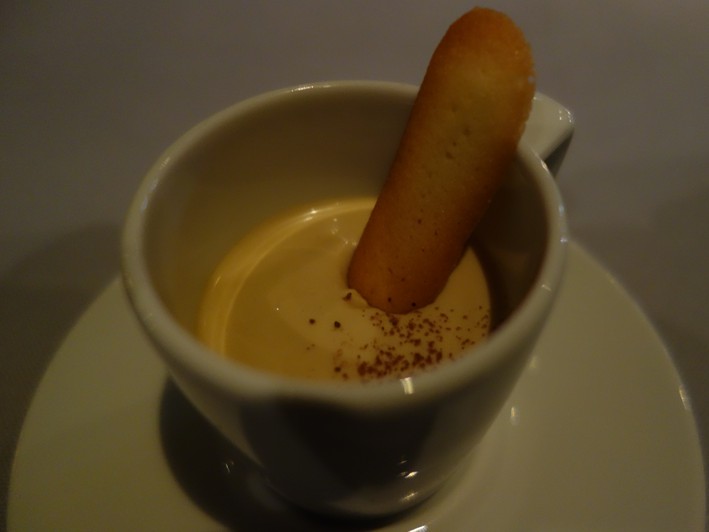
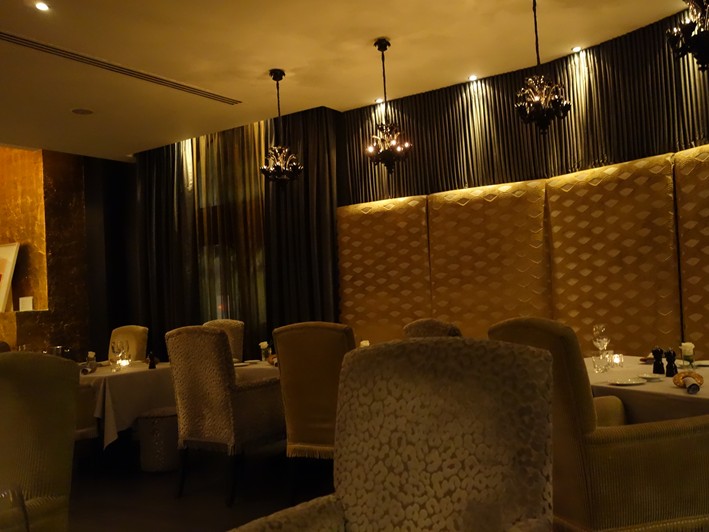

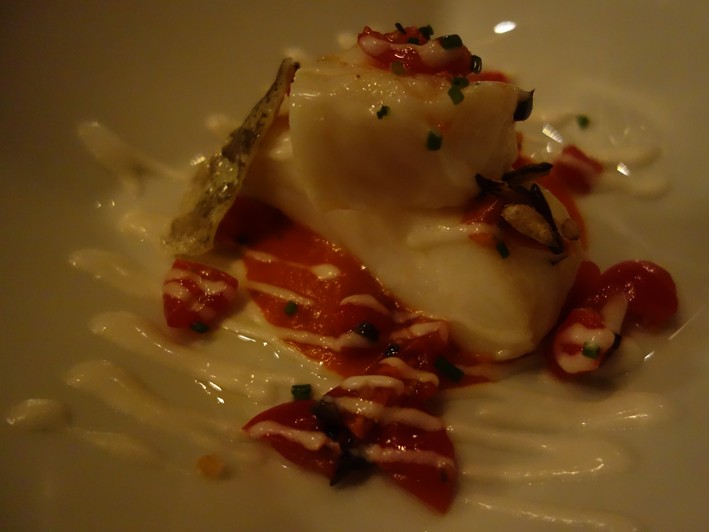



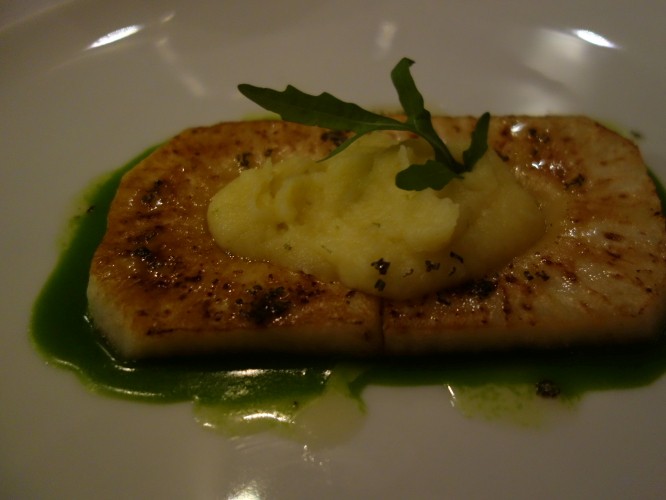
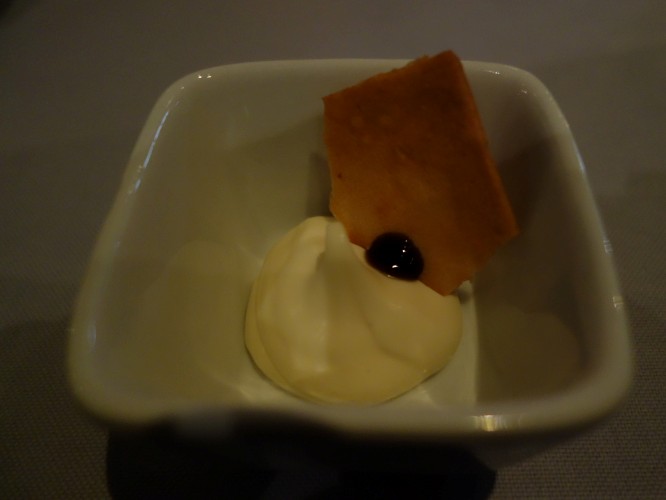

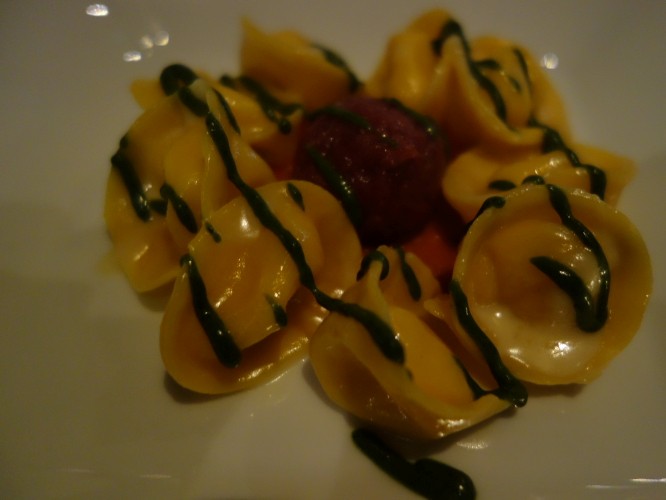

Add a comment
Thank you for submitting your comment, this will be checked and added to the website very soon.
User comments